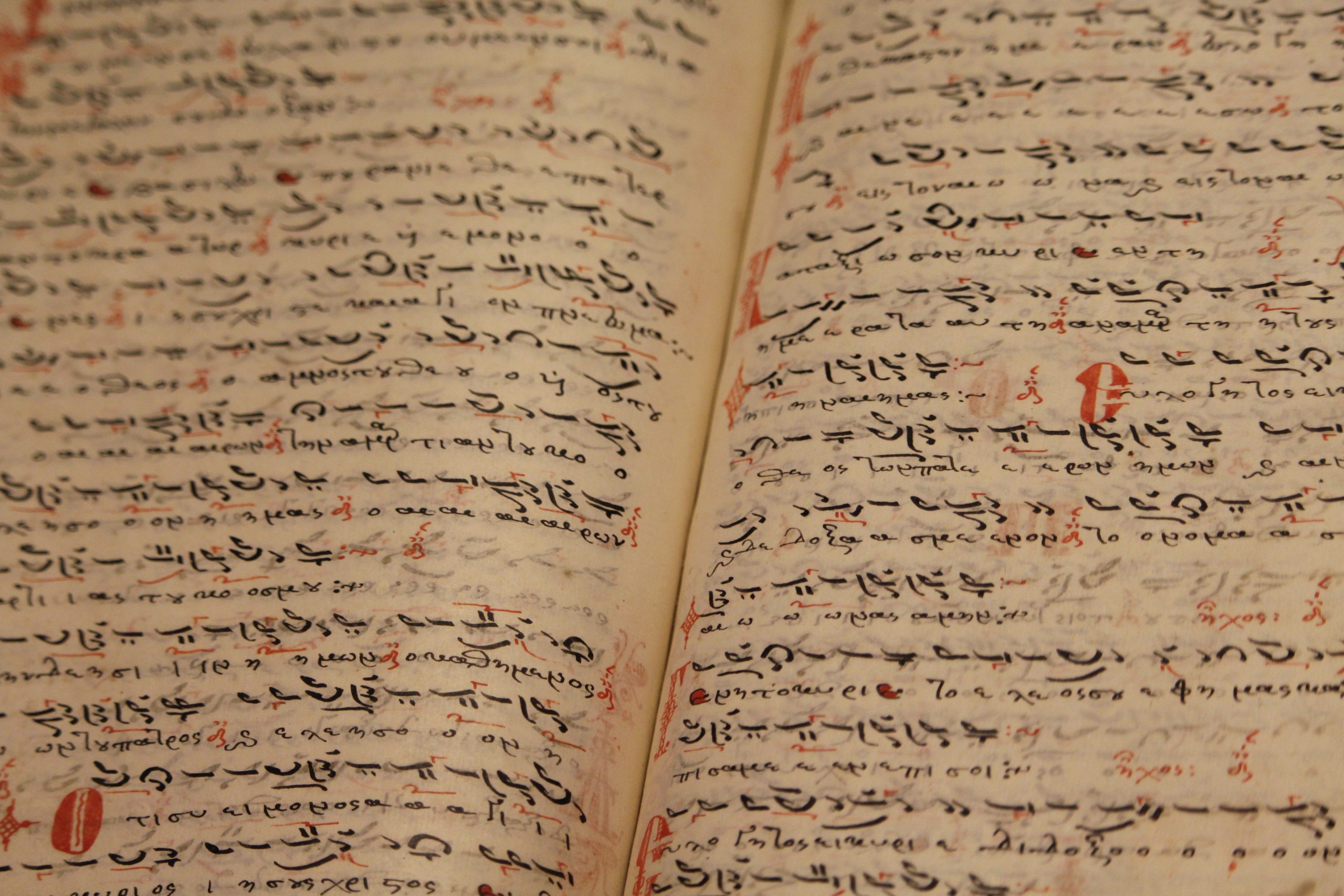Paper is the material usually present in larger quantities in an archive.
There are many types of paper, depending on the materials and processes used for its manufacture, the inks that were used, the historical period of production, and other characteristics.
In general, paper can be defined as a product made through the use of fibrous substances of different nature reduced into pulp and transformed, with the addition of additive substances, in pages of various thickness with multiple physical and mechanical characteristics.
To fully understand what are the peculiar characteristics of a specific paper and what will be its responses and reactions to physical and chemical stimuli, it is first of all necessary to analyze in depth what are the materials that constitute it.
In this article we will talk about:

What is paper made of?
All papers are generally composed of a fibrous substance, which can be made up of cellulose fibers, textile fibers derived from rags, recycled fibers of other papers or even synthetic fibers, and other non-fibrous additives which are used as binders or with the aim of giving certain characteristics to the pages, such as color, resistance to ink penetration, resistance to mechanical stress.
Each document, therefore, according to the historical period in which it was produced and according to its function, was manufactured using papers containing a specific combination of all these different components: each particular combination of substances generates a peculiar complex of reaction to stimuli and specific conservation needs.
The final quality of the paper depends mainly on the characteristics of the fibers used in its manufacture and on the impurities elimination methods that are implemented during its production: the fibers useful for paper processing are never found pure in nature, but must be obtained from the original material through processes that greatly affect the final properties of the fibers.
By way of example, the cellulose pulp is obtained by grinding small pieces of wood which are then defibrated through chemical or mechanical procedures: this type of process allows to extract the cellulose fibers, which can then be used for the production of paper.
The cellulose obtained through these processes is not pure, but is soaked in other substances that make up the molecular structure of wood, in particular lignin, a substance that acts as a binder between the fibers, and other substances, such as acids, which they can be subsequently extracted through chemical processes.
The method by which the extraction of the additive substances present in the cellulose pulp is carried out can seriously damage the fibers themselves, thus causing a structural weakness of the paper created with those materials.

Paper making in history
The manufacturing process of paper has changed a lot in history, both due to the introduction of new technologies for obtaining and artificial synthesis of fibers, and for a cultural issue.
While once paper and parchment documents were made to be preserved, and then manufactured with the best selected raw materials and with the appropriate procedures, after the invention of printing, brought about by an increasingly consistent demand for books and documentation paper, the quality of the raw materials used has drastically reduced, to leave room for poor papers, inks unsuitable for the support on which they were placed and industrial manufacturing processes, which allowed to considerably increase the quantity of pages produced, causing however, a notable reduction in their physical, chemical and mechanical qualities.
Until the second half of the Nineteenth century, papers continued to be produced through the use of rags, and the fibrous pulps obtained were processed as little as possible, also considering that the modern techniques for creating pure pulp of cellulose fibers were not yet in use on an industrial level.

Industrial paper: new conservation problems
With the use of industrial technologies in woodworking, papers began to be manufactured through chemical and mechanical processes of separation of cellulose fibers from superfluous additives contained in the molecular structure of wood and the use of glues and solvents that made it possible to obtain an extremely pure and white paper: the two fundamental technological processes introduced in this period are in fact bleaching and gluing.
Both procedures, although they allow to obtain pure white pages with certain mechanical characteristics that are well suited to the printing technique, take place through the use of chemical substances which, over time, can substantially modify the molecular structure of paper causing aging and deterioration processes in books and documents.
This is the reason why the ancient papers inside the archives undergo aging processes that are more easily controlled, especially if one acts on the regulation of the environmental conditions of the room in which they are stored, while paradoxically the more recent paper products deteriorate more due to the self-induced degradation of the substances of which they are composed.
This problem makes the control over their conservation much more complex and expensive.
For example, the use of rock alum-based glues, used to give the paper greater resistance to ink penetration, has caused the acidification of many pages of documents, which in turn has induced degradation processes of the cellulose fibers and, in general, the structure of the paper.
In conclusion, to obtain a paper with specific aesthetic and mechanical characteristics it is therefore necessary to act on the combination of many different variables that will also significantly affect the ability of the paper to resist aging processes and its reactivity to specific environmental conditions and certain external stimuli.





